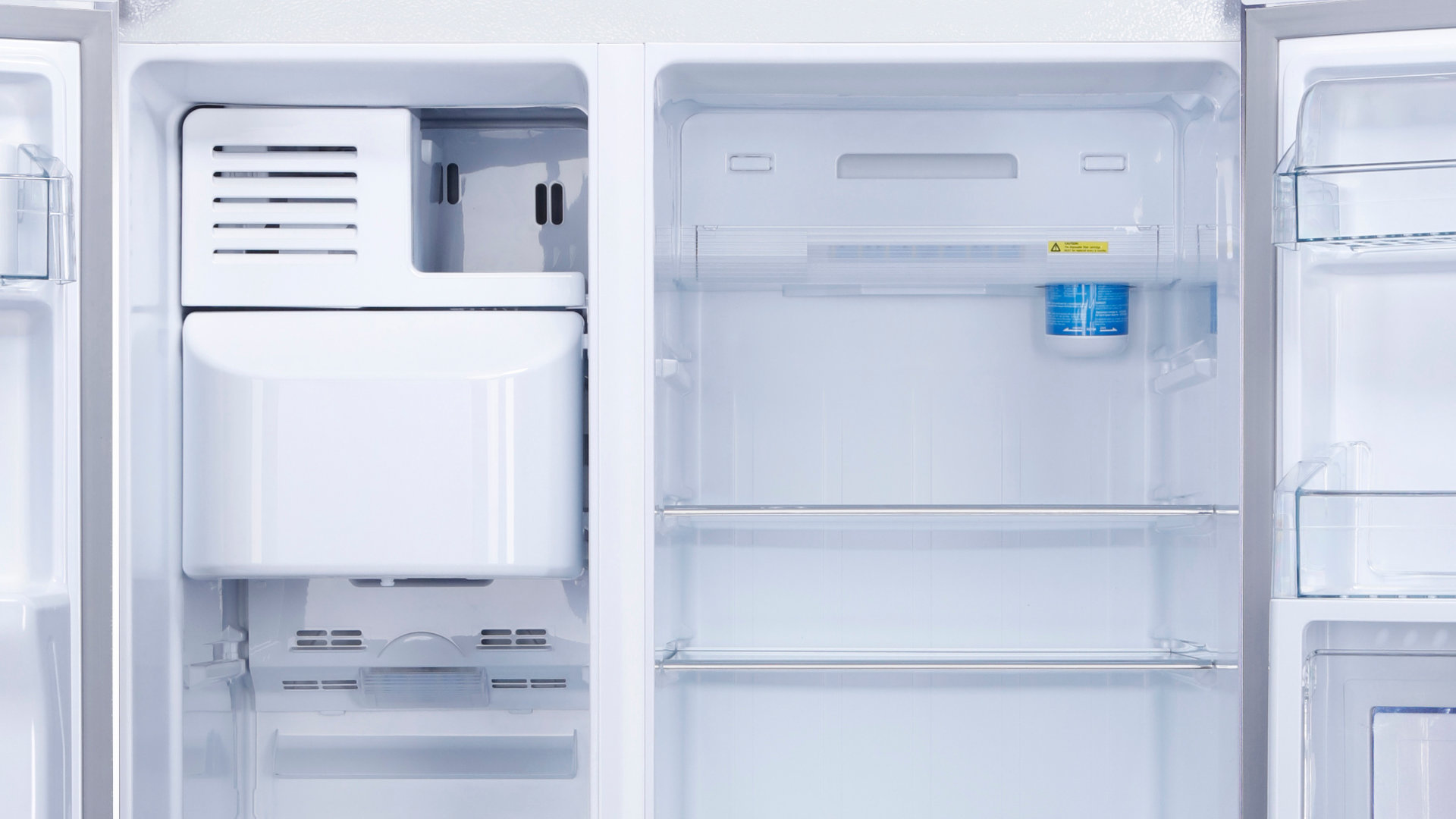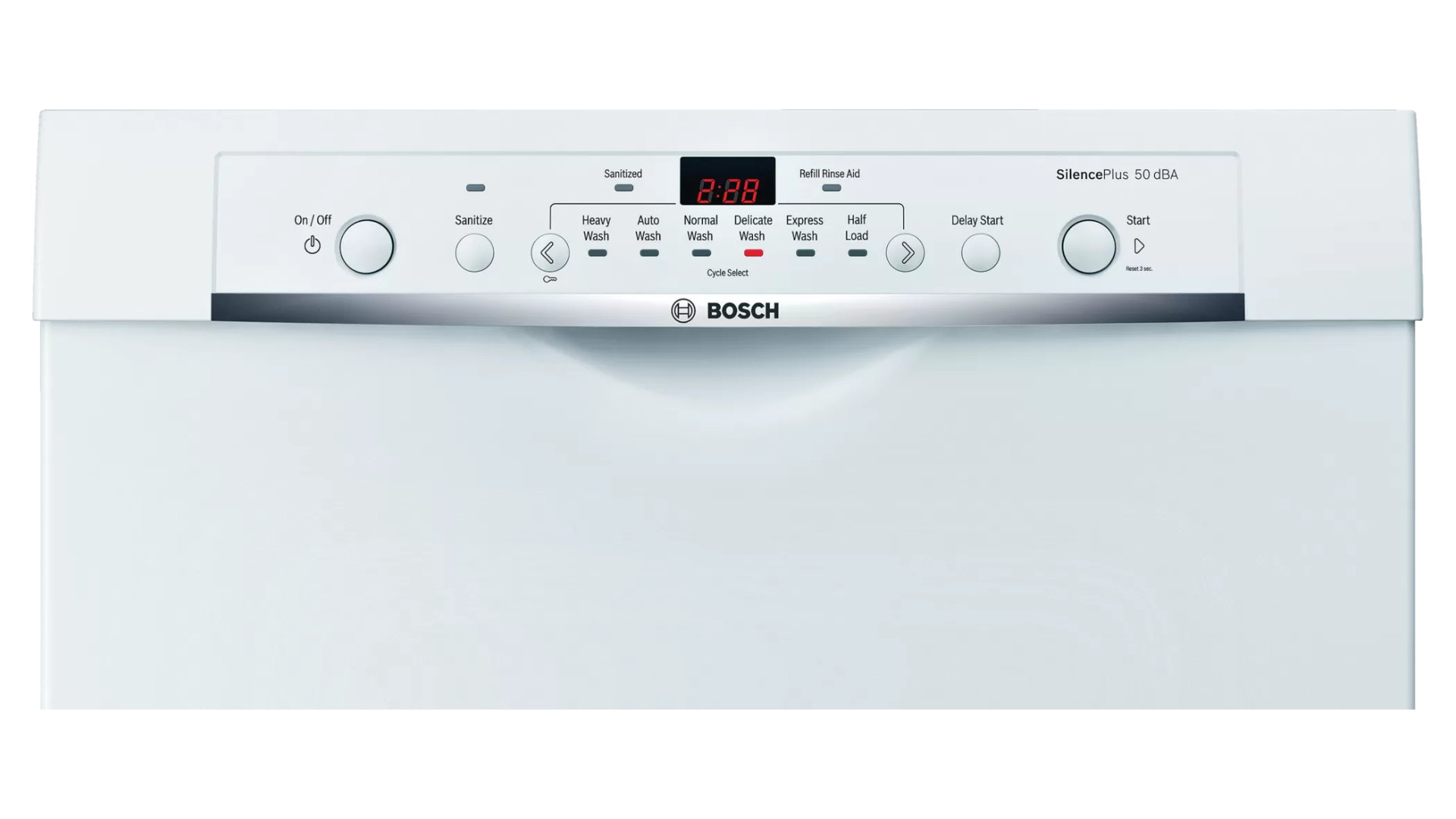
Water seeping out of your Bosch dishwasher model SHE3AR72UC door is an alarming sight. Unfortunately, if you don’t act quickly, the damage done to your kitchen floor can turn a simple dishwasher repair into an expensive home repair. However, catching the leak early and diagnosing the cause will ensure your floors stay intact and your dishwasher is operational, sooner than later. Most dishwasher door leaks occur when the lower door seal becomes ineffective or the door lock assembly is faulty. Replacing either component is a relatively uncomplicated repair job. If you plan on fixing your dishwasher yourself, follow the step-by-step directions provided below.
Dishwasher Repair Safety Tips
- Before getting started, unplug your dishwasher and turn off its water supply valve located underneath your kitchen sink.
- During the repair, you may encounter some sharp objects, that’s why wearing work gloves and safety goggles is necessary.
- If you run into any issues while fixing your dishwasher, please stop what you’re doing and contact a professional appliance repair technician.
The Lower Door Seal
As the name implies, the lower door seal is located on the bottom of the dishwasher. Its main purpose is preventing water from leaking out of the dishwasher door. Unfortunately, if the seal has a tear or becomes warped, you’ll likely end-up with puddles on your floor. Replacing the part is a quick and easy repair.
Required Tools
- Phillips Screwdriver
- 5/16th Nut Driver
- Wrench
- Torx Screwdriver
- Needle Nose Pliers
How to Replace the Bottom Door Seal on Your Bosch Dishwasher
- Open your dishwasher door and unthread the screws lining the outer edge of the inside panel.
- Shut the appliance door and pull the bottom of the front panel towards you before lifting it up and off the dishwasher.
- Once again open the dishwasher door and remove the two screws that secure the appliance to your kitchen counter.
- Close the appliance door and take out the two screws that hold the bottom access panel to the dishwasher, and then remove the panel.
- Head underneath your kitchen sink to disconnect the hot water line and the drain hose. Water will likely spill out of the water line and the drain house, so have a towel close by to wipe up the mess.
- Hold on to the top of the dishwasher and gently pull it out from under your kitchen counter.
- Using your needle nose pliers, take off the door cable hooks that connect to the dishwasher door hinges.
- Slowly open the dishwasher door. Continue supporting the door as you unthread the door hinge screws on both sides of the appliance door. Then, remove the door from the hinges by lifting it up.
- Place the inner door panel on the floor with the front of the door facing up.
- Now take the bottom door seal off the dishwasher frame. Before installing the new seal, spray the lip of the dishwasher frame with soapy water and wipe it down with a sponge.
- Install the new bottom door seal by snapping it onto the dishwasher frame. To keep the part from moving while you replace the door, secure the seal to the door hinges with a screw on each side.
- Lift up the dishwasher door and place it on the door hinges. Then, slide a box underneath the door to hold it up. Make sure the box is tall enough to keep the door parallel to your kitchen floor. Once the door is steady, unthread the screws securing the bottom door seal to the door hinges, and then reinstall the screws that hold the dishwasher door to the door hinges.
- Close the dishwasher door and reattach the door hinge cables with your needle nose pliers.
- Slide the dishwasher back under your kitchen counter. Then, head underneath the sink to reconnect the hot water line and the drain hose.
- Replace the screws that secure your dishwasher to your kitchen counter.
- Reinstall the bottom access panel and the dishwasher’s front panel. Next open the dishwasher door and reinsert the screws that hold the panel to the appliance.
- Plug-in your dishwasher and turn its water supply back on.
The Door Lock Assembly
When you close your dishwasher door, the door lock assembly ensures the door is shut before the dishwasher starts, however, if the lock is damaged it may prevent the door from closing tightly, meaning water can escape your dishwasher. Unfortunately, a faulty door lock cannot be fixed and will need to replaced with a new lock.
Required Tools
- Phillips Screwdriver
- Torx 20 Screwdriver
How to Replace the Door Lock Assembly in Your Bosch Dishwasher
- Open your dishwasher door and unthread the screws securing the appliance to your kitchen counter.
- With the dishwasher door still open, grab the top of the appliance and pull it forward five to six inches.
- On the top of the dishwasher you’ll find a metal bracket. The door lock assembly is located under the bracket. Remove the torx 20 screws that secure the bracket to the dishwasher and then take the bracket off the appliance.
- Now that the door lock is visible, use your torx 20 screwdriver to take out the screw holding the component in place, and then remove the defective lock from your dishwasher.
- Before installing the new door lock assembly turn the old and new assembly upside down to view the location of the door actuator. If the actuator in the new component is not in the same place as the old part, move it back or forward so it matches the faulty and new door lock match.
- Install the new door lock assembly by sliding its shorter side into the mounting bracket first, and then, push down on the opposite side of the component to get the part properly aligned on the top of the dishwasher. Next, add the torx screw to secure the part to your appliance.
- Before replacing the metal bracket that covers the door lock assembly, engage the dishwasher door handle and try to open and close the appliance door. If the new lock assembly works, reinstall the metal bracket.
- Push your dishwasher back under the kitchen cabinet and secure it with the two screws you removed at the beginning of the repair.
- To finish up your repair, reconnect the water line and the drain hose, and then plug your dishwasher back in.
If your dishwasher has a leak, and neither the bottom door seal or the door lock assembly are causing the issue, please contact us today, and we’ll be happy to help you resolve the malfunction.
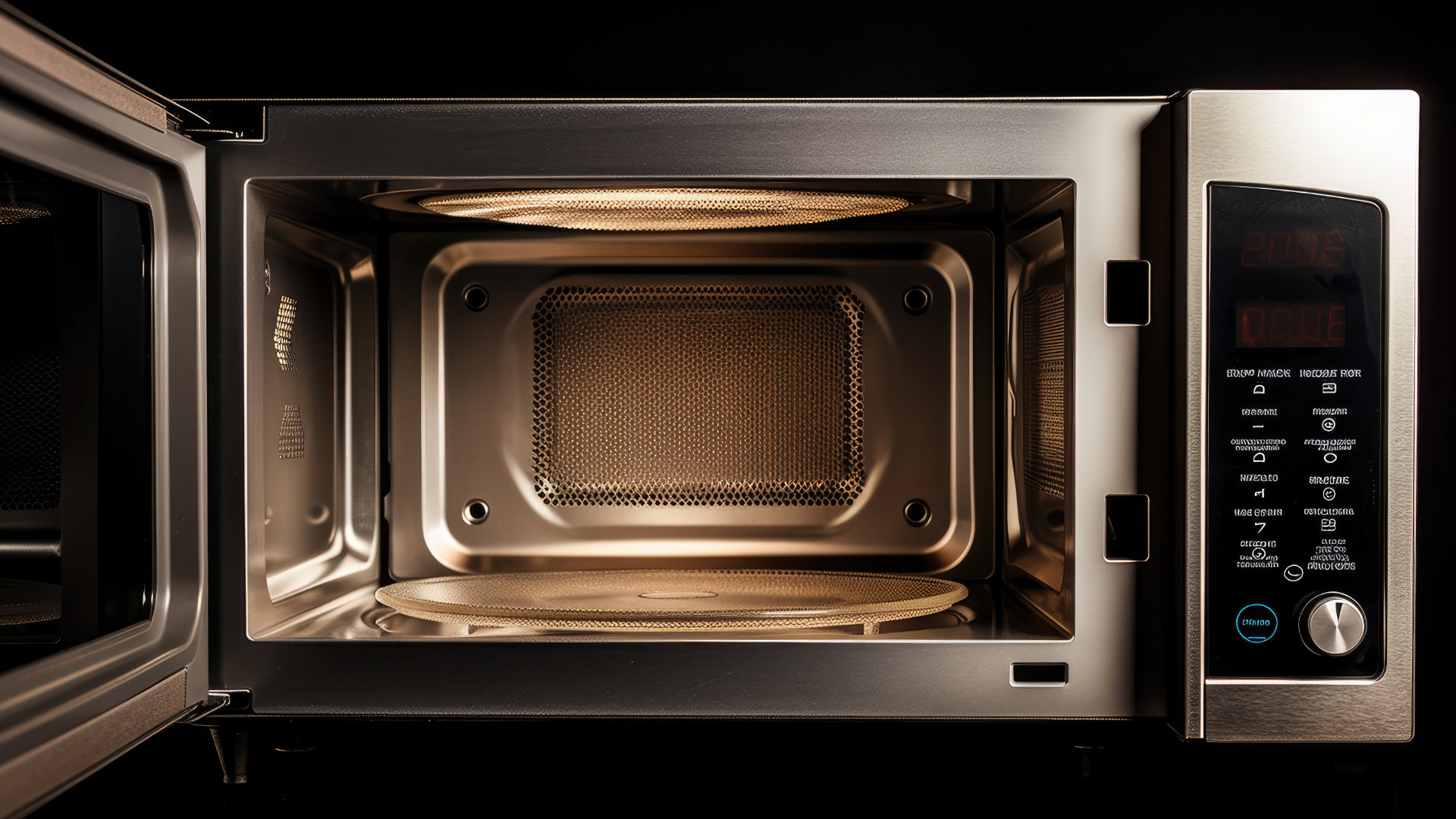
Eliminate the Burning Smell From Your Microwave
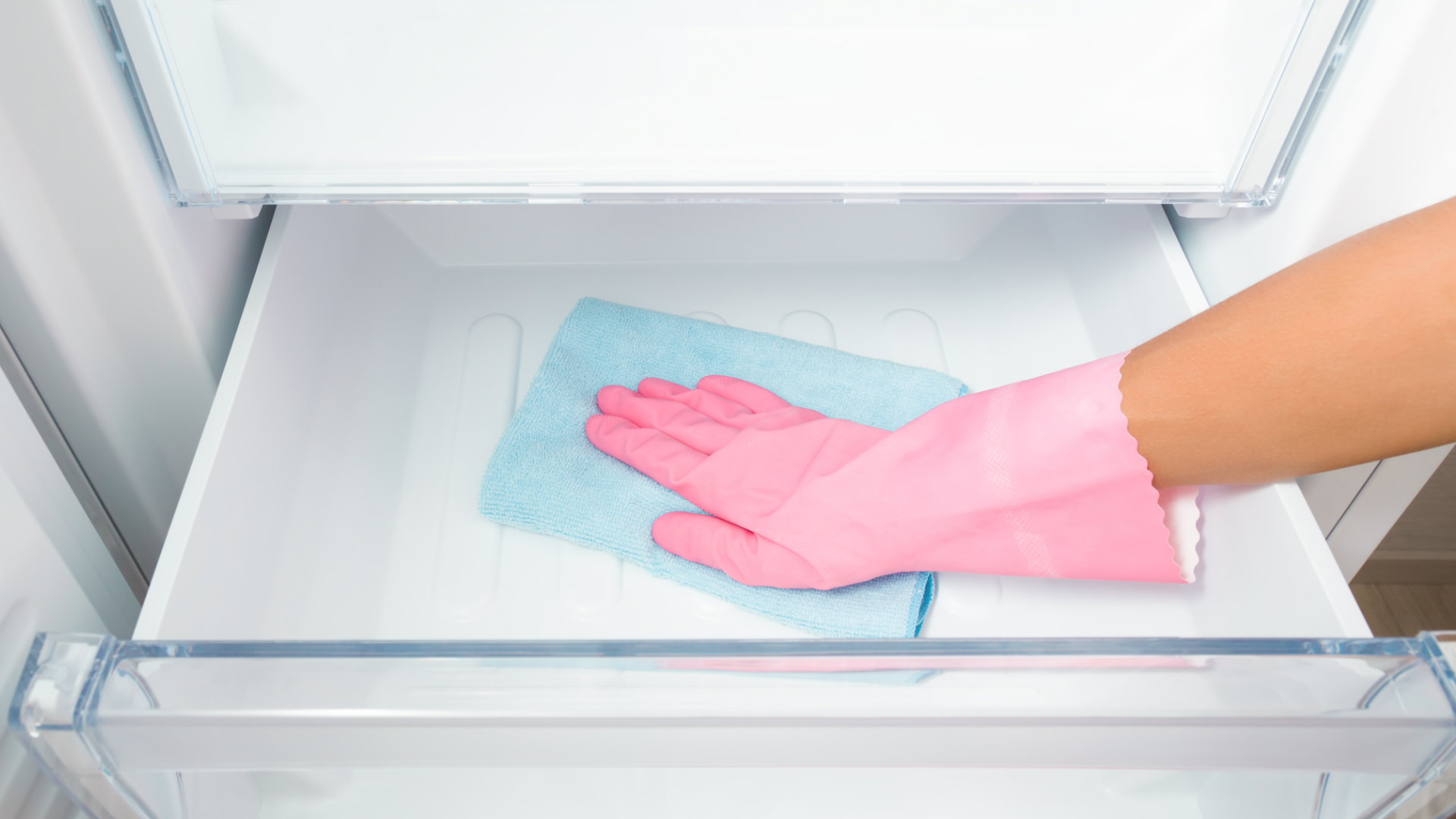
Fixing a Samsung Freezer That Won’t Freeze

Whirlpool Oven Won’t Heat: Here’s What To Do
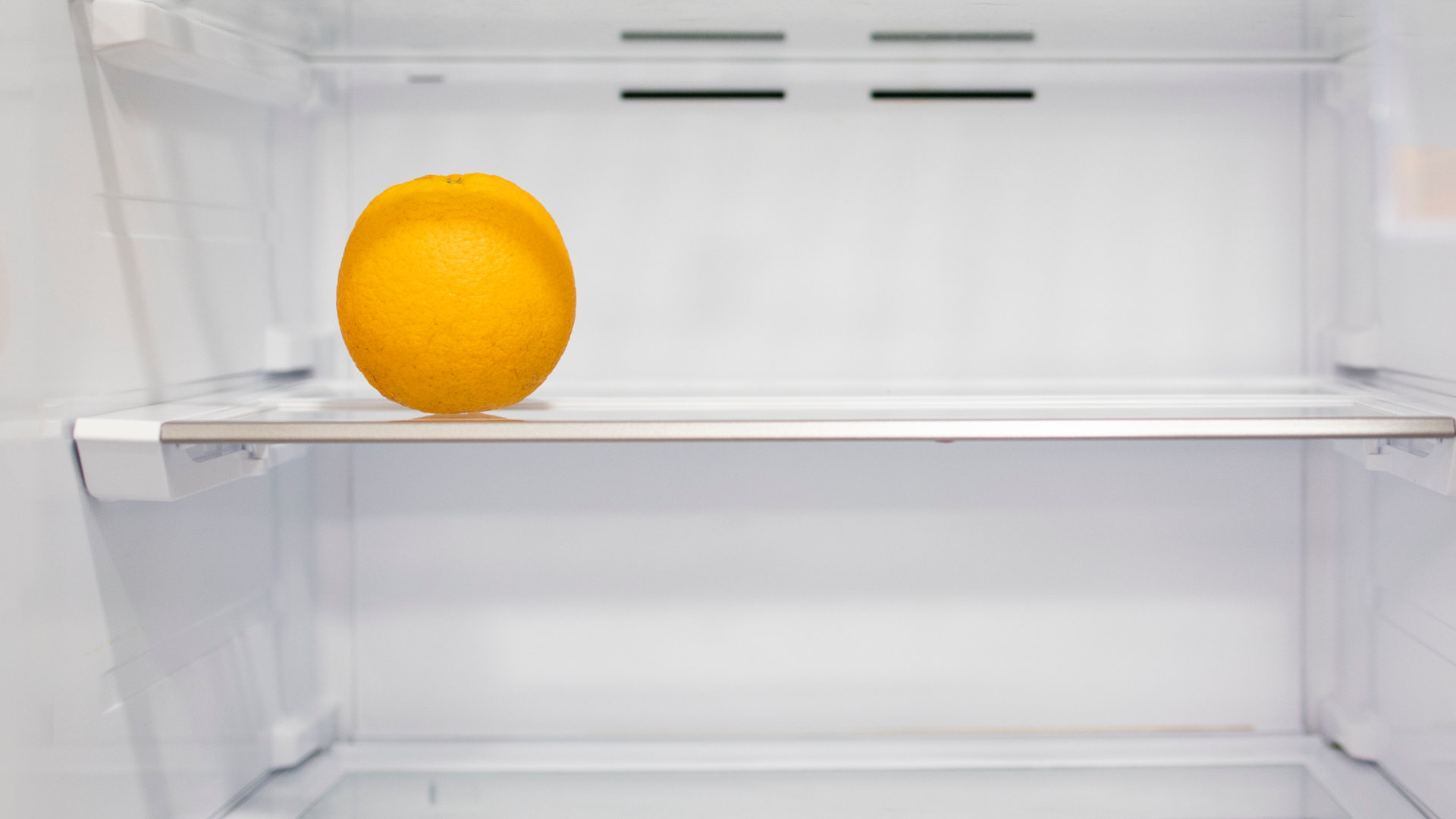
Easy Steps to Clean Your Refrigerator Coils
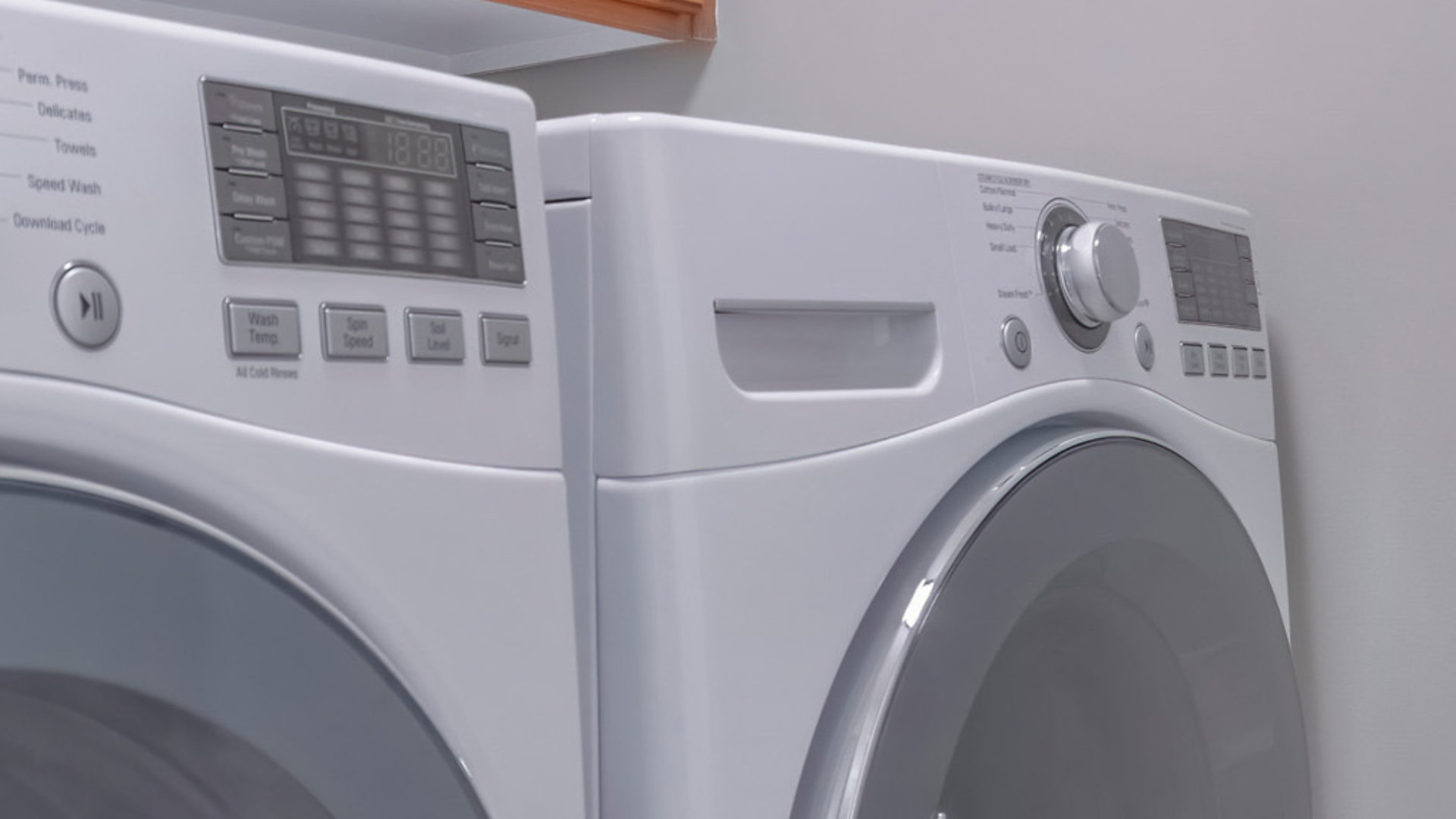
Quick Fixes for an LG Dryer Not Heating
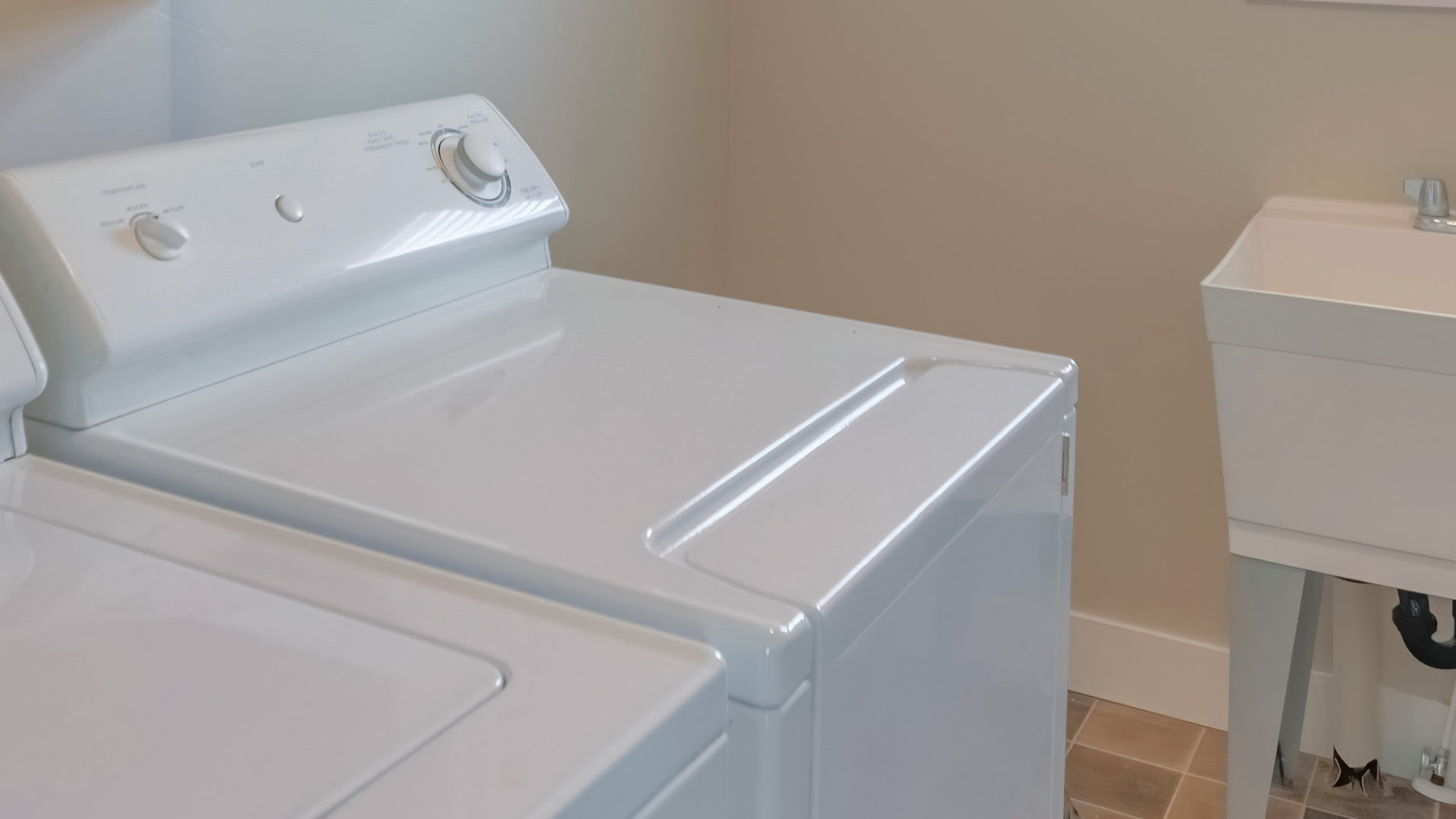
How to Fix an Electrolux Dryer That’s Not Drying

Why Is Your Whirlpool Washer Lock Light Flashing?
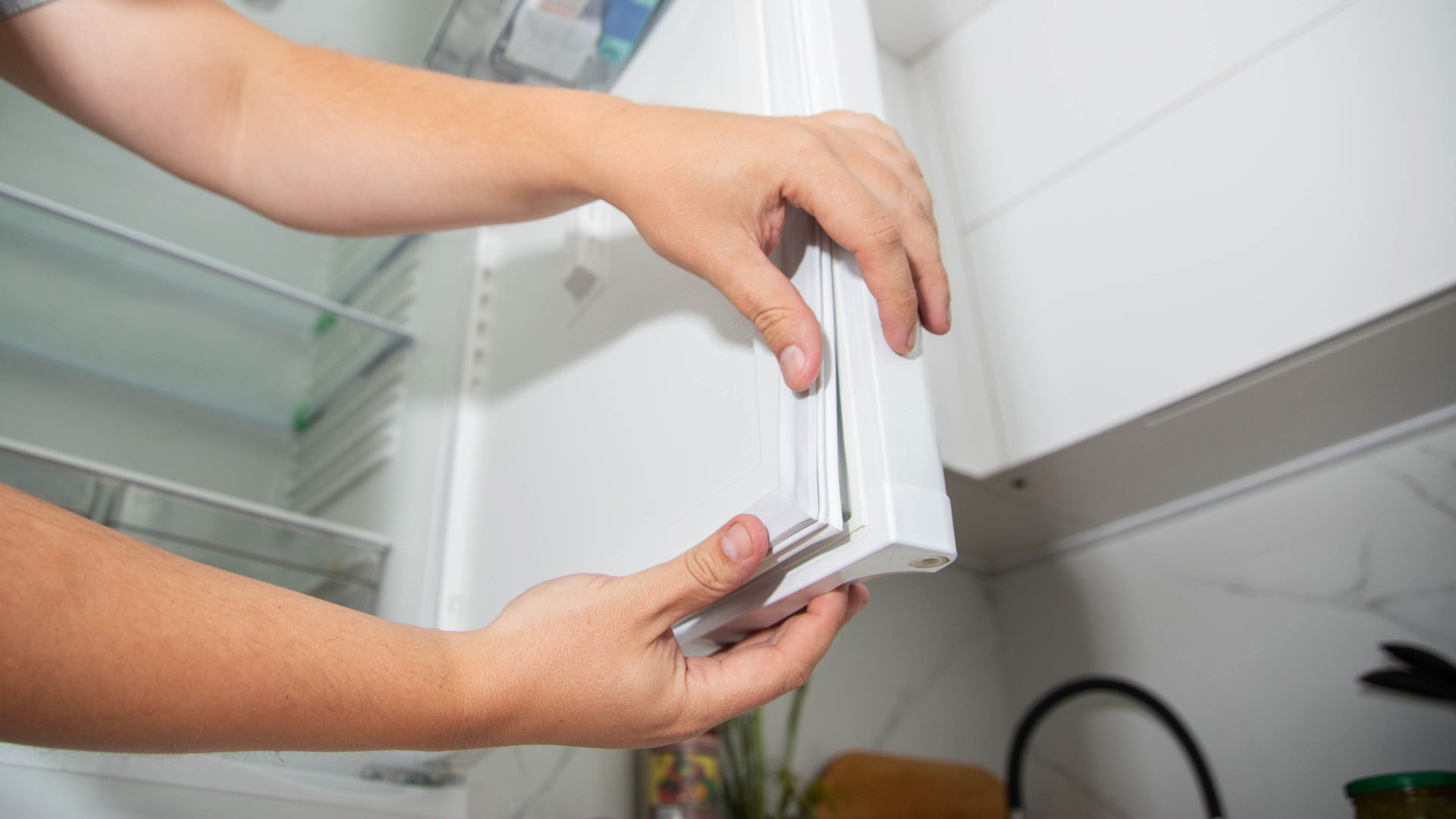
Why Is Your Freezer Door Not Sealing?
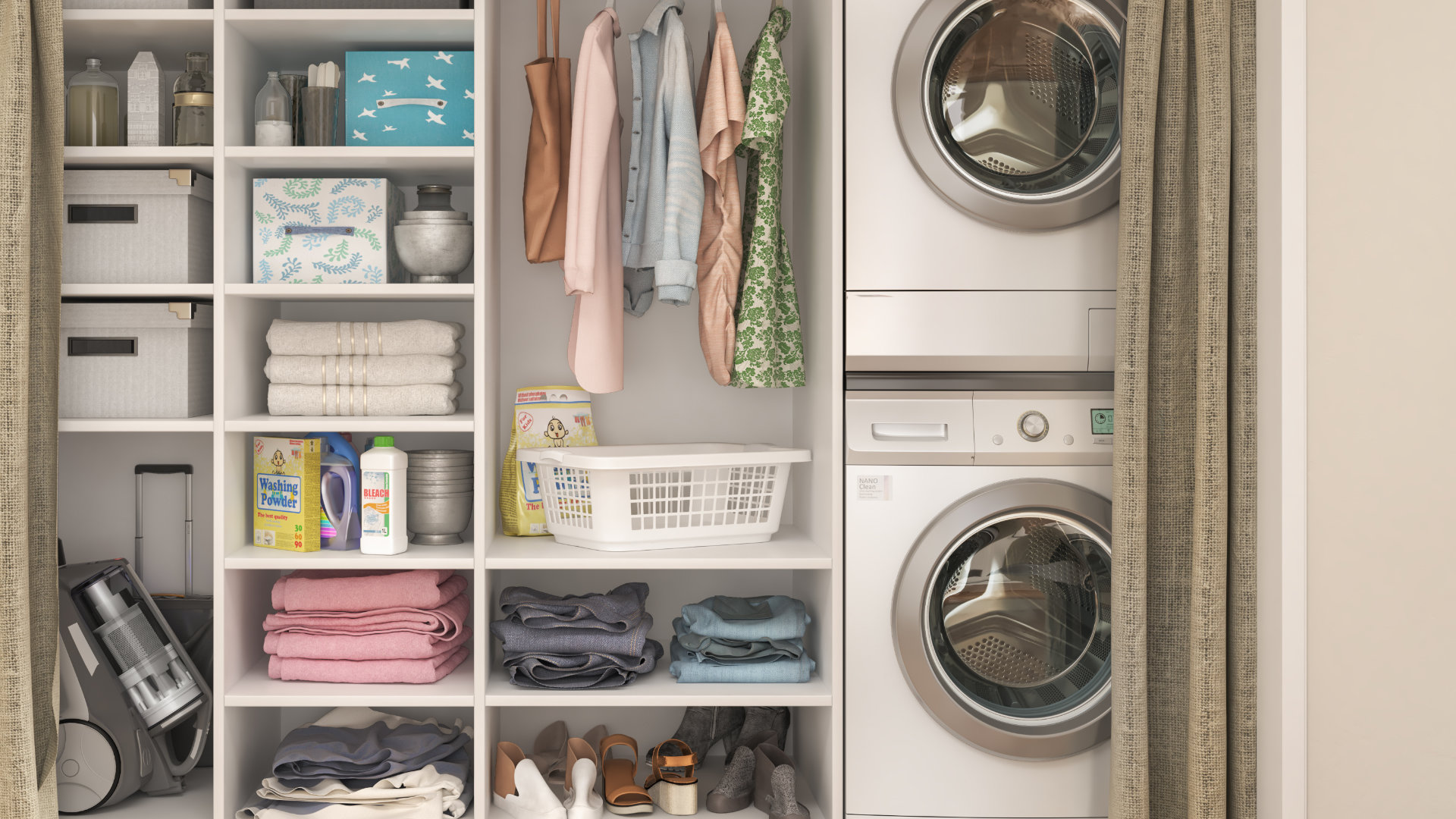
How Does a Ventless Dryer Work?
